Building a strong sense of community has never been more critical—or more challenging. In an increasingly digital world where physical distance and busy schedules often separate us, communities that thrive are those that intentionally cultivate connection, celebrate shared identity, and create meaningful opportunities for engagement. Whether you lead a school, alumni association, civic organization, or neighborhood group, innovative approaches to community building can transform disconnected individuals into vibrant, supportive communities.
This comprehensive guide explores proven innovative strategies for building authentic community connections in modern contexts. From leveraging digital recognition technology to creating inclusive traditions, these approaches address today’s unique challenges while honoring timeless principles of human connection and belonging.
Communities don’t build themselves—they require deliberate effort, creative thinking, and sustained commitment to bringing people together around shared values and experiences. The most successful communities combine traditional relationship-building with innovative tools that meet people where they are in today’s fast-paced, digitally connected world.
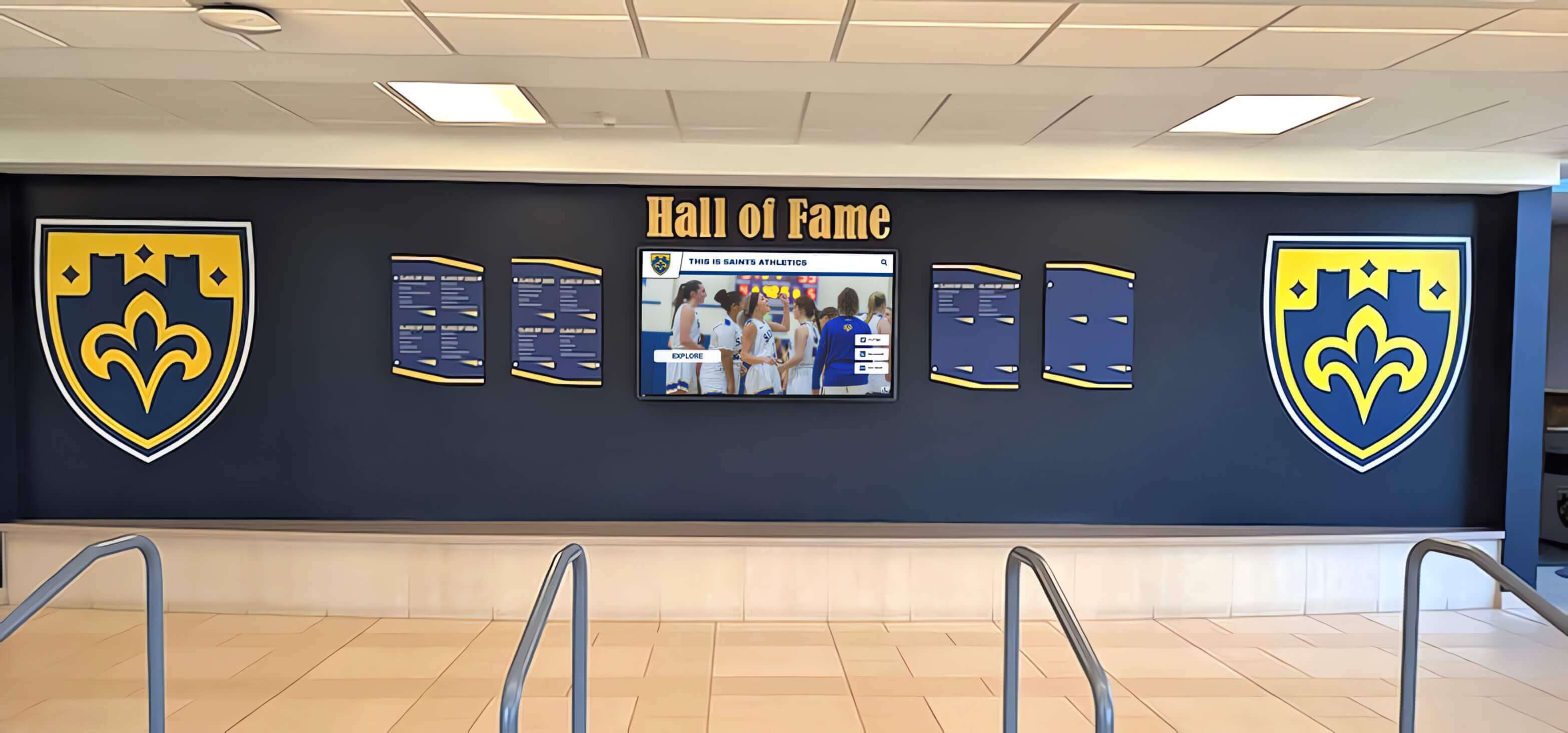
Strong communities emerge when members feel valued, connected, and invested in shared success
Understanding Modern Community Building Challenges
Before exploring innovative solutions, it’s essential to understand the unique challenges facing community builders today.
The Changing Nature of Community
Traditional communities often formed naturally around geographic proximity, shared workplaces, or religious institutions. Today’s communities face different realities:
Geographic Dispersion
- Members scattered across cities, states, or countries
- Remote work reducing daily in-person interactions
- Alumni moving away from school locations
- Family mobility patterns disrupting multi-generational connections
- Need for both physical and virtual community touchpoints
Time and Attention Constraints
- Competing demands on limited free time
- Digital distractions fragmenting attention
- Busy schedules making synchronous gathering difficult
- Need for flexible participation options
- Importance of making every interaction meaningful
Evolving Communication Preferences
- Generational differences in preferred communication channels
- Shift from email to social media to mobile apps
- Desire for instant information and updates
- Visual content expectations over text-heavy communications
- Need for multi-channel engagement strategies

Modern communities must bridge geographic distances and diverse communication preferences
Why Community Building Matters More Than Ever
Despite—or perhaps because of—these challenges, strong communities provide irreplaceable benefits:
Individual Wellbeing
Research consistently demonstrates that strong community connections correlate with better mental and physical health outcomes. People with robust community ties report lower rates of depression and anxiety, experience greater life satisfaction and happiness, demonstrate better resilience during challenging times, and even show improved physical health markers.
Organizational Success
Organizations with strong community engagement see measurable benefits including higher participation rates in programs and events, increased financial support through giving and volunteering, stronger reputation attracting new members, better retention of current members, and more effective word-of-mouth promotion.
Social Capital Development
Communities build social capital—the networks, norms, and trust that enable coordination and cooperation. Strong community ties create support networks during crises, enable collective action addressing shared concerns, facilitate information and resource sharing, and strengthen democratic participation and civic engagement.
Innovative Strategy 1: Digital Recognition Platforms That Celebrate Community Members
Recognition lies at the heart of community building. When people feel seen, valued, and appreciated, their connection to community deepens dramatically.
Beyond Traditional Recognition Approaches
Traditional recognition methods—plaques, trophy cases, annual banquets—while valuable, face significant limitations in capacity, accessibility, and engagement. Innovative digital recognition platforms transform how communities honor members:
Unlimited Recognition Capacity
Digital platforms remove space constraints that force difficult selection decisions. Communities can recognize every deserving member across diverse categories including leadership and volunteer contributions, professional and personal achievements, milestone celebrations and life events, community service and charitable giving, creative contributions and innovations, and behind-the-scenes support that often goes unnoticed.
Solutions like interactive recognition displays enable comprehensive celebration of community contributions without the physical limitations of traditional approaches.
Rich Multimedia Storytelling
Digital recognition transforms basic acknowledgment into compelling narratives through high-quality photos showing honorees in action, video testimonials capturing personal stories, detailed biographical context explaining backgrounds and motivations, achievement descriptions demonstrating specific impact, and personal quotes in honorees’ own voices.
This depth creates emotional connections that inspire viewers while properly honoring recipients in ways that simple name plaques cannot.

Digital recognition platforms celebrate diverse contributions through engaging multimedia content
Extended Reach and Accessibility
Modern recognition platforms extend beyond physical locations through web-accessible portals enabling worldwide viewing, mobile optimization for smartphone and tablet access, social sharing capabilities amplifying recognition reach, search functionality helping visitors find specific content, and remote submission options for updates and new content.
Rocket Alumni Solutions specializes in digital recognition platforms that combine physical touchscreen displays with web-based access, creating comprehensive systems that engage communities both in-person and remotely.
Implementing Recognition Programs That Build Community
Effective recognition programs share key characteristics:
Inclusivity Across Contribution Types
Recognize diverse forms of value including formal leadership positions, consistent volunteer participation, professional accomplishments bringing pride, personal milestones worth celebrating, service to others and community improvement, creative contributions enriching community culture, and mentorship of newer members.
Broad recognition ensures all community sectors feel valued, creating more representative celebration of excellence.
Transparent Selection Processes
Build trust through clear criteria for different recognition tiers, diverse selection committees representing community breadth, accessible nomination procedures removing participation barriers, documented decision-making processes, and public communication about honorees and achievements.
Regular Recognition Cycles
Maintain engagement through annual induction ceremonies for major recognitions, quarterly or monthly spotlights on specific members, real-time celebration of recent achievements, milestone recognition for service anniversaries, and seasonal campaigns highlighting different contribution categories.
Consistent recognition keeps community members aware that their contributions matter and provides ongoing reasons to stay connected.
Innovative Strategy 2: Hybrid Events That Bridge Physical and Virtual Participation
Modern community building requires meeting members where they are—sometimes physically present, often connecting remotely.
Designing Effective Hybrid Experiences
Hybrid events done well create inclusive experiences for all participants:
Technology Infrastructure
Professional hybrid events require reliable high-speed internet connectivity, quality cameras and microphones capturing in-person experience, streaming platforms supporting interactive features, presentation tools visible to both audiences, and technical support available during events.
Invest in appropriate equipment rather than attempting hybrid events with inadequate infrastructure that creates frustrating experiences for remote participants.
Inclusive Program Design
Structure events to engage all participants through interactive elements involving both audiences like polls, Q&A sessions, and chat discussions; content visible and audible for remote viewers; networking opportunities for both in-person and virtual attendees; recognition moments that honor both participation types; and recorded availability for those unable to attend live.
Remote Participant Integration
Make virtual attendees feel valued through prominent display of remote participants on screens, moderators actively soliciting virtual questions and comments, breakout room options for small group discussions, and post-event follow-up acknowledging remote participation.
When done well, hybrid events expand community reach without diminishing the experience for any participant type.
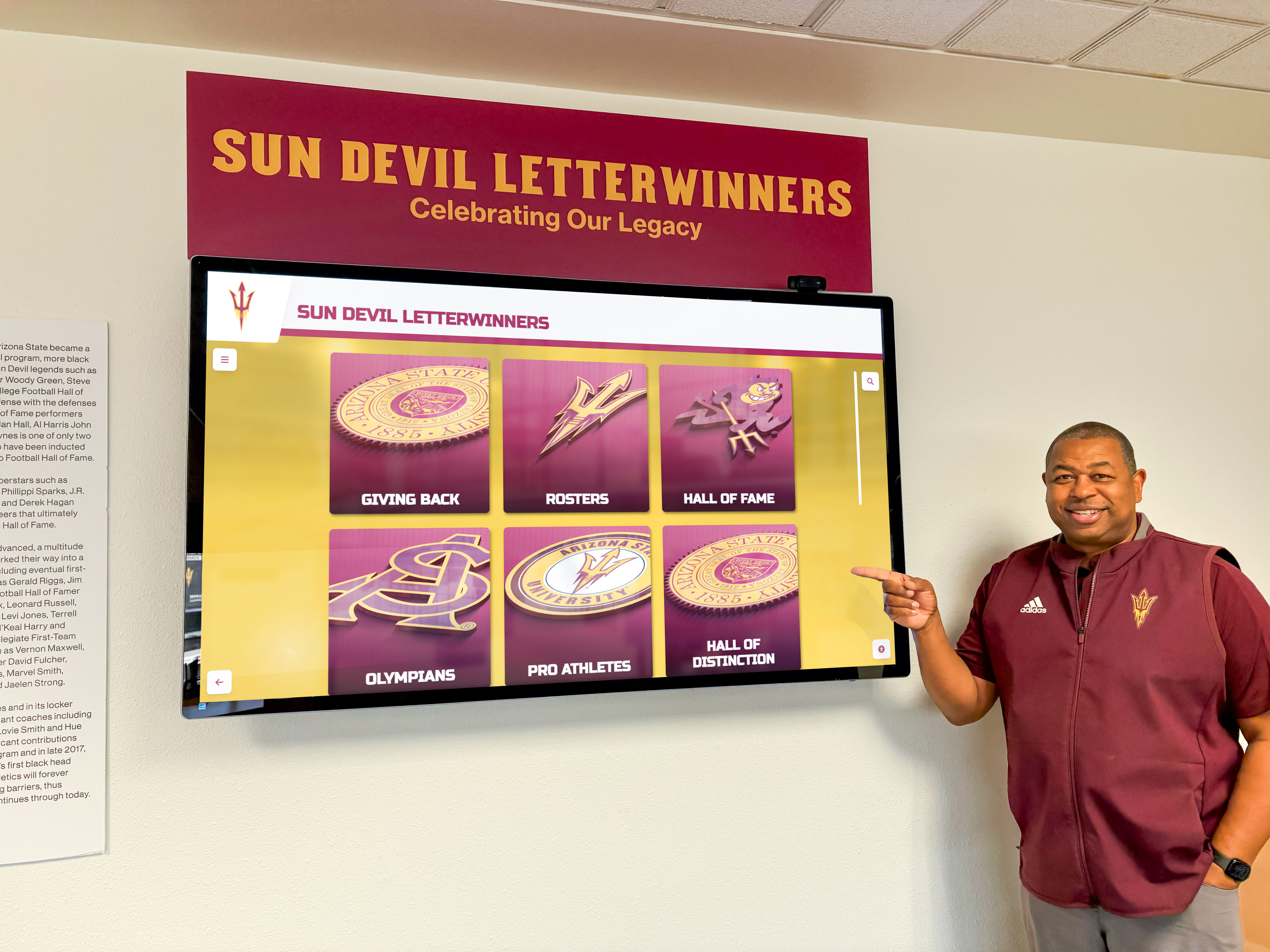
Hybrid events expand community reach by accommodating diverse participation preferences
Virtual Community Spaces
Beyond event-specific gatherings, communities benefit from persistent virtual spaces:
Online Community Platforms
Dedicated platforms facilitate ongoing connection through discussion forums organized by topic or interest, member directories enabling direct connection, content libraries sharing resources and history, announcement channels for time-sensitive information, and photo galleries documenting community experiences.
Choose platforms matching your community’s technical comfort and engagement preferences.
Social Media Communities
Private or public groups on social platforms provide informal gathering spaces through daily interactions and casual conversations, user-generated content sharing by members, event promotion and coordination, celebration of member milestones and achievements, and peer support and advice exchange.
Social media communities complement rather than replace other community building approaches, reaching members where they already spend time online.
Innovative Strategy 3: Intergenerational Programs That Connect Age Groups
Communities strengthen when different generations interact and learn from each other.
Breaking Down Age Silos
Many communities inadvertently segregate by age—young families attending certain programs, seniors participating in others, young adults largely absent. Intentional intergenerational programming bridges these divides:
Mentorship Initiatives
Formal mentorship programs connect experienced members with newcomers through career mentorship pairing professionals across generations, life transition support for major milestones, skills transfer preserving institutional knowledge, leadership development preparing next generation, and reverse mentorship where younger members share contemporary perspectives.
These relationships benefit both parties while strengthening overall community bonds.
Multi-Generational Events
Design programs welcoming all ages through family-friendly activities accommodating various age groups, shared learning experiences interesting across generations, service projects enabling collaborative contribution, historical preservation involving elders’ memories and youth’s energy, and recognition programs honoring multi-generational families.
When different generations interact regularly, communities build richer traditions and more diverse perspectives.
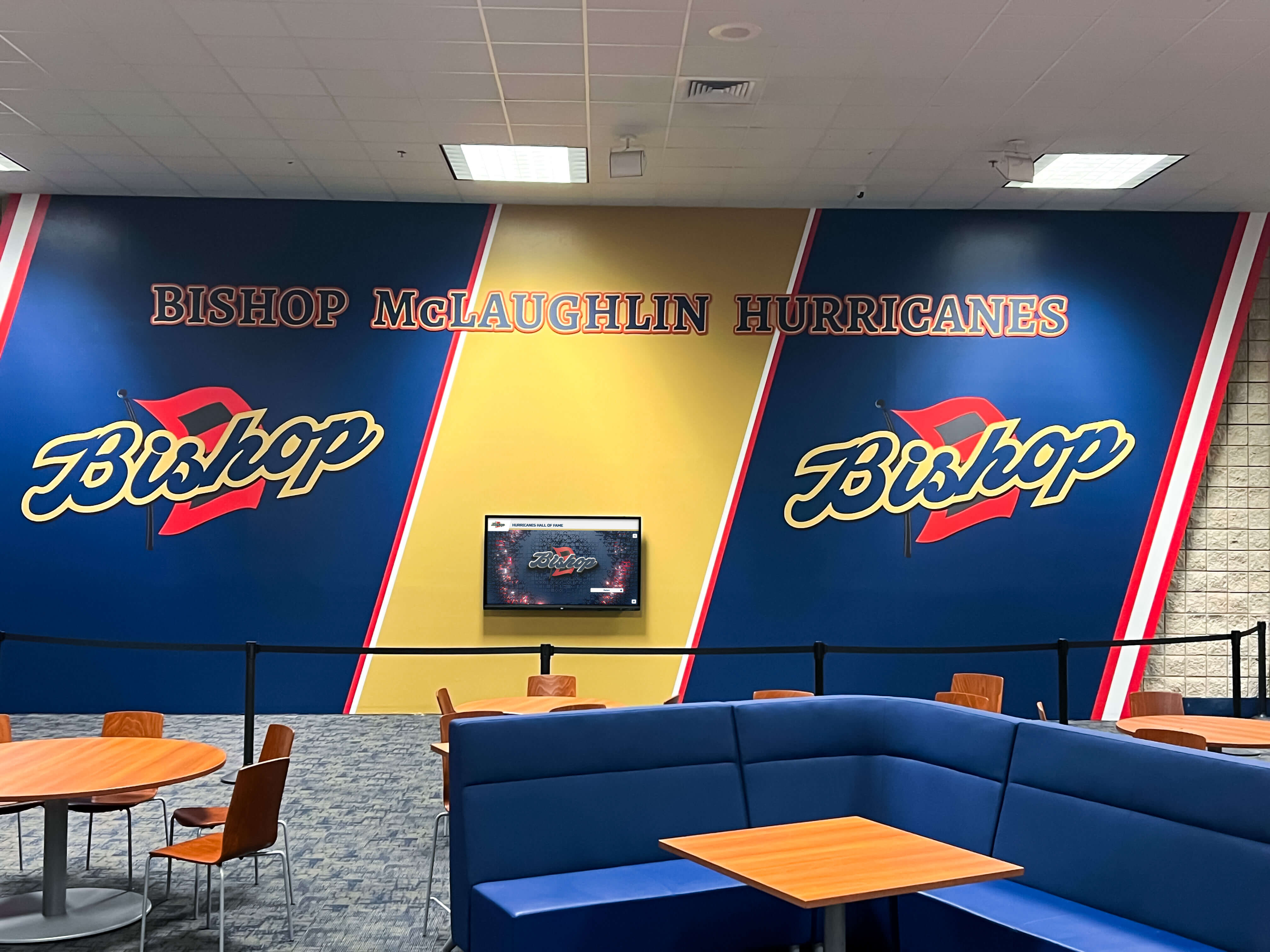
Intergenerational programs strengthen communities by connecting diverse age groups
Story Capture and Preservation
Document community history through oral history projects recording elder memories, video interview series capturing personal stories, digital archives preserving photographs and documents, youth involvement in documentation and preservation, and accessible platforms sharing stories with broad audiences.
These projects connect generations while preserving valuable institutional memory that might otherwise be lost.
Age-Specific Engagement With Cross-Generational Connection
While intergenerational programming matters, communities also need age-appropriate opportunities:
Young Adults and Recent Graduates
Engage younger members through flexible, low-commitment participation options, professional networking and career development programs, social events combining fun with connection, digital-first communication matching their preferences, and mobile-optimized platforms enabling convenient engagement.
Families With Children
Support family participation through convenient timing respecting work and school schedules, childcare provision enabling parent involvement, multi-generational activities welcoming all ages, family recognition programs, and both virtual and in-person options accommodating family constraints.
Established and Senior Members
Honor long-time members through lifetime achievement recognition programs, legacy initiatives documenting their impact, accessible participation formats respecting mobility, advisory roles leveraging their wisdom and experience, and multiple communication channels including both digital and traditional methods.
Innovative Strategy 4: Service Projects That Unite Around Shared Purpose
Communities bond powerfully when working together toward meaningful goals.
Community Service as Connection Strategy
Service projects provide natural community-building opportunities:
Collaborative Work Benefits
Working side-by-side on service projects creates bonds through shared experience and accomplishment, conversation opportunities during work sessions, visible impact demonstrating collective power, diverse skill utilization valuing different contributions, and inclusive participation accessible to varied abilities and schedules.
Service projects often build relationships more effectively than purely social gatherings by focusing attention outward while enabling natural connection.
Strategic Service Selection
Choose projects matching community values and capabilities:
- Scale appropriate to community size and resources
- Clear impact demonstrating tangible results
- Varied role options accommodating different skills and physical abilities
- Partnership with established organizations providing expertise
- Connection to community identity and priorities
Well-chosen service projects strengthen internal bonds while benefiting broader society.
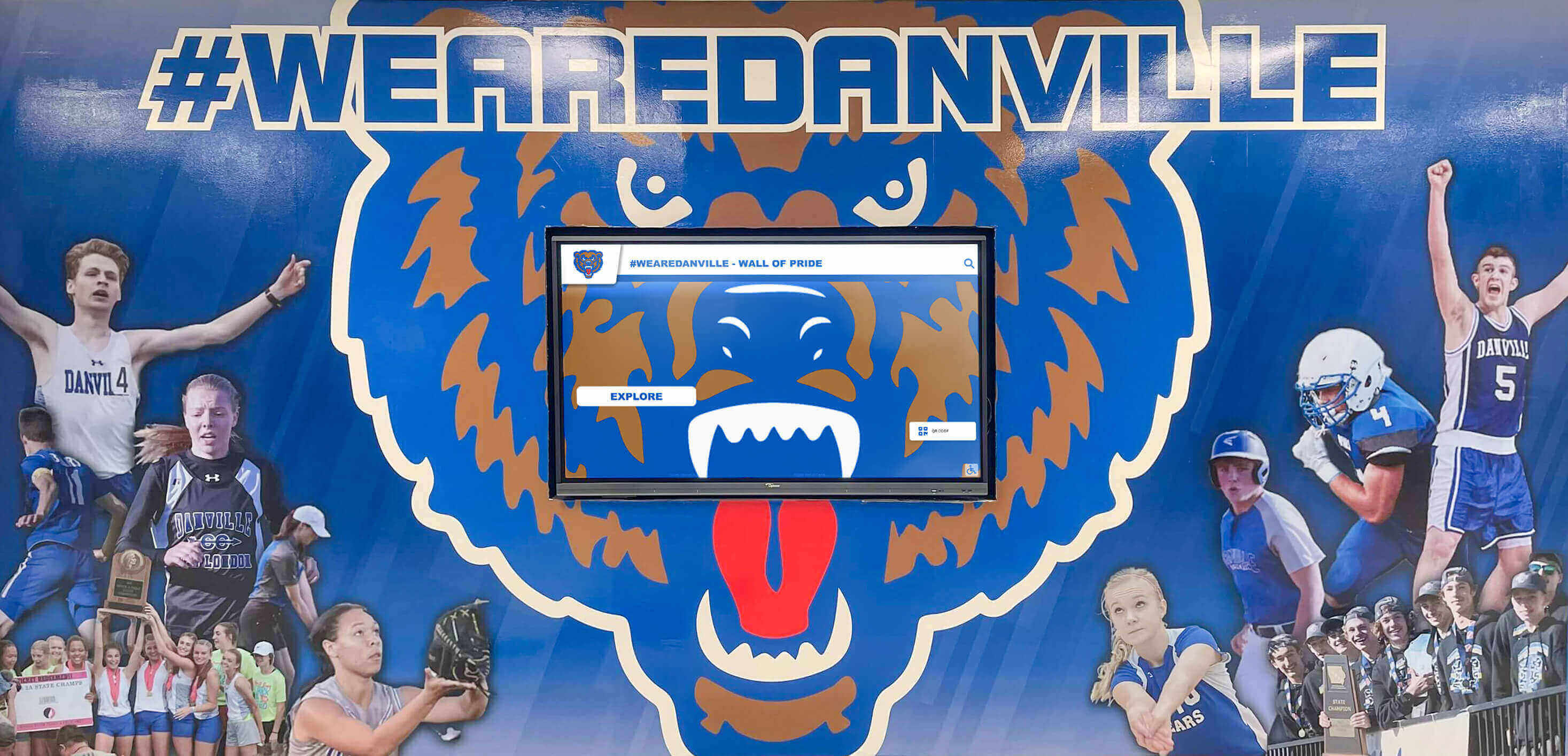
Service projects unite community members around shared purpose and meaningful impact
Recognition for Service Contributions
Honor community service through digital volunteer recognition programs celebrating hour leaders, impact documentation quantifying collective contribution, participant spotlights sharing personal service stories, partnerships acknowledgment thanking collaborating organizations, and ongoing campaigns maintaining focus on service values.
Recognition reinforces that service matters to community identity, encouraging continued participation.
Virtual Volunteering Options
Expand service participation through remote opportunities:
Distance-Based Service
Enable contribution regardless of location through online tutoring or mentoring programs, remote administrative support for community organizations, digital content creation and management, virtual fundraising and advocacy campaigns, and research or professional consulting projects.
Virtual service options particularly engage geographically dispersed members who want to contribute but cannot attend physical service events.
Innovative Strategy 5: Interactive Digital Archives That Preserve and Share History
Shared history creates community identity and belonging, especially when accessible in engaging formats.
Making History Come Alive
Traditional archives—dusty boxes of photos, old yearbooks in storage—fail to engage modern audiences. Interactive digital preservation transforms history into community-building tool:
Comprehensive Digitization
Systematic preservation includes yearbook digitization making past accessible, photograph scanning with metadata documentation, document preservation maintaining important records, artifact photography capturing physical items digitally, and video conversion preserving moving images.
Digital preservation protects materials from physical deterioration while enabling broad access.
Interactive Exploration Interfaces
Engage users through searchable databases finding specific people or events, timeline visualizations showing community evolution, map-based displays highlighting geographic connections, facial recognition technology identifying individuals in photos, and tagging systems creating connections between related content.
Interactive archival platforms transform passive viewing into active exploration, increasing engagement and time spent with historical content.
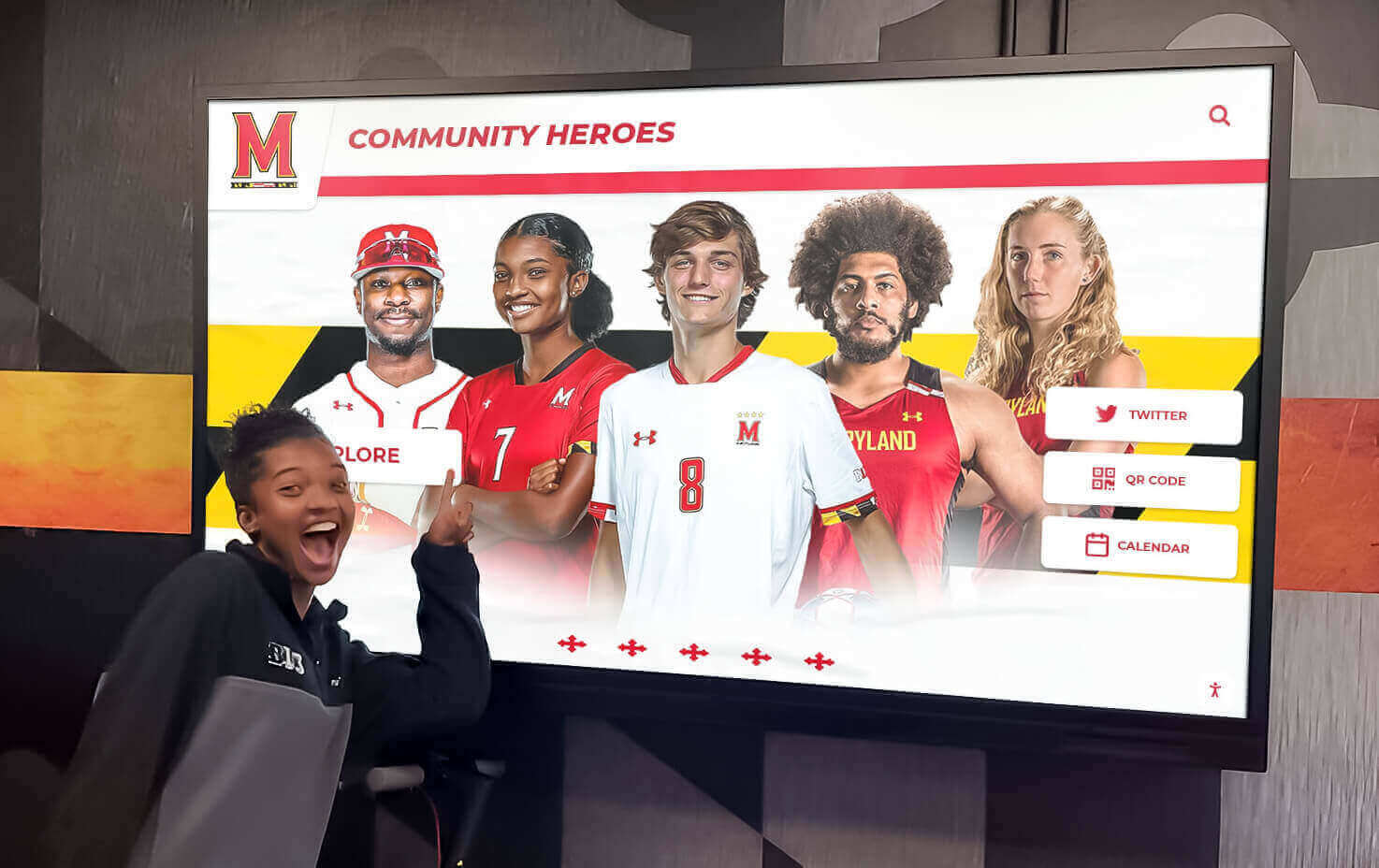
Interactive digital archives make community history accessible and engaging for all members
User Contribution Opportunities
Crowdsource content development through photo submission portals for personal collections, story contribution forms capturing memories, identification help identifying unknown individuals in historic photos, tagging assistance categorizing and organizing content, and memory sharing about historical events and experiences.
When community members contribute to archives, they develop ownership and investment in preserving shared history.
Historical Connection Programming
Bring archives to life through intentional programming:
Anniversary Celebrations
Mark significant milestones through decade retrospectives at reunions or events, founding anniversary commemorations, facility dedication anniversaries, program milestone celebrations, and historical exhibit installations.
These celebrations give community members reasons to explore history while creating new traditions.
Historical Recognition Integration
Connect past to present through alumni hall of fame programs honoring distinguished graduates, historical achievement documentation, legacy family recognition celebrating multi-generational connections, in memoriam sections honoring deceased members, and historical context in current recognition showing evolution over time.
When current community members see themselves as part of continuing story, their connection to institution deepens.
Innovative Strategy 6: Micro-Communities and Affinity Groups
Large communities often feel overwhelming. Smaller groups within the broader community create more intimate connection.
Creating Structured Sub-Communities
Organize communities into smaller groups:
Interest-Based Groups
Connect members sharing specific interests through professional networking groups by industry or career stage, hobby and activity clubs, geographic chapters for location-based connection, demographic affinity groups, and cause-focused committees working on specific initiatives.
These smaller groups create manageable social contexts where members develop closer relationships.
Formal Structure and Support
Enable micro-community success through clear guidelines and formation processes, institutional support without micromanagement, communication platforms for group coordination, budget allocations where appropriate, and recognition of group achievements and contributions.
Balance autonomy allowing organic development with enough structure ensuring alignment with broader community values.

Smaller affinity groups within larger communities create more intimate connection opportunities
Cross-Group Connection Opportunities
Prevent micro-communities from becoming isolated silos:
All-Community Events
Bring groups together through annual gatherings combining entire community, inter-group competitions and collaborations, shared service projects, community-wide recognition ceremonies, and leadership councils with representation from each group.
Regular all-community touchpoints maintain cohesion while allowing specialized connection in smaller groups.
Cross-Pollination Initiatives
Encourage interaction between groups through joint programming on topics of shared interest, member participation in multiple groups, leadership rotation across groups, collaborative content creation, and spotlight series introducing different groups to broader community.
Innovative Strategy 7: Gamification and Engagement Incentives
Game-like elements can increase participation when designed thoughtfully.
Ethical Gamification Approaches
Gamification works when it enhances rather than replaces intrinsic motivation:
Recognition-Based Incentives
Create positive competition through participation leaderboards celebrating most active members, achievement badges for milestone accomplishments, points systems rewarding various engagement types, levels or tiers providing status recognition, and special recognition for consistent participation.
Ensure incentive structures remain inclusive rather than creating exclusive hierarchies that discourage those with less time or resources.
Challenge Campaigns
Build excitement through time-limited participation challenges, team-based competitions fostering collaboration, creative contests showcasing member talents, community-wide goals requiring collective effort, and progressive challenges building on previous accomplishments.
Well-designed challenges create fun while driving meaningful engagement with community programs.
Transparency and Fairness
Maintain trust through clear rules and criteria, multiple pathways to recognition, regular reset periods preventing permanent hierarchies, celebration of effort regardless of results, and accessible participation not requiring significant resources.
Gamification should enhance community building, not create division or resentment.
Innovative Strategy 8: Personalized Communication and Engagement
Mass communications often feel impersonal. Technology enables more tailored approaches:
Data-Driven Personalization
Use available information to create relevant communications:
Segmentation Strategies
Target messages to specific groups:
- Geographic segmentation for location-relevant information
- Demographic segmentation addressing age or family status
- Interest-based segmentation matching member preferences
- Engagement level segmentation tailoring to activity patterns
- Historical connection segmentation based on past involvement
Targeted communications demonstrate that you understand and value individual members rather than treating everyone identically.
Preference-Based Communication
Respect individual preferences through opt-in topic selection, channel preference respect (email, text, app, etc.), frequency control preventing overwhelming, time zone consideration for geographically dispersed communities, and content format options accommodating different consumption preferences.
When members control their communication experience, they engage more rather than tuning out overwhelming generic messaging.
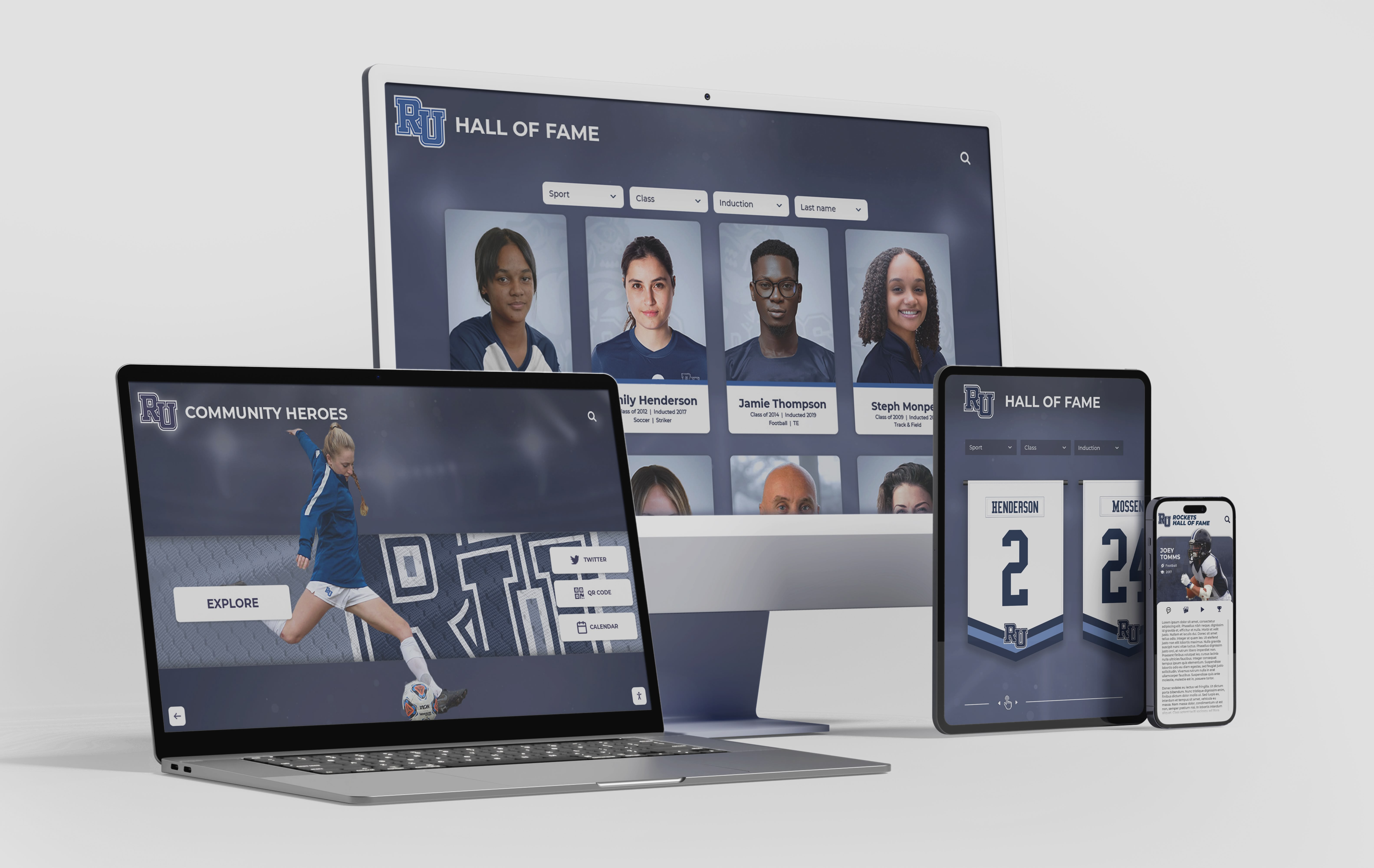
Personalized communication approaches meet members where they are with relevant content
Automation With Humanity
Technology enables personalization at scale:
Smart Automation
Implement helpful automation through milestone recognition triggered by significant dates, welcome sequences for new members, re-engagement campaigns for inactive members, content recommendations based on interests, and automated but personalized updates about areas of interest.
Balance automation efficiency with authentic human connection—some communications should always come from real people rather than automated systems.
Innovative Strategy 9: Physical Gathering Spaces That Invite Connection
While digital tools matter, physical spaces remain important for community building.
Designing Community-Centered Spaces
Thoughtful physical design facilitates connection:
Welcoming Common Areas
Create spaces that invite gathering through comfortable seating arrangements, flexible configurations accommodating various group sizes, amenities like coffee or refreshments, digital displays sharing community stories and achievements, and prominent visibility from main traffic patterns.
Spaces should communicate that lingering and connection are encouraged, not just efficient movement through facilities.
Multi-Purpose Flexibility
Design spaces serving varied functions:
- Event hosting for community gatherings
- Small group meeting areas
- Individual work or study spaces
- Display areas for community content
- Technology integration for hybrid use
Flexible spaces maximize utility and return on investment.
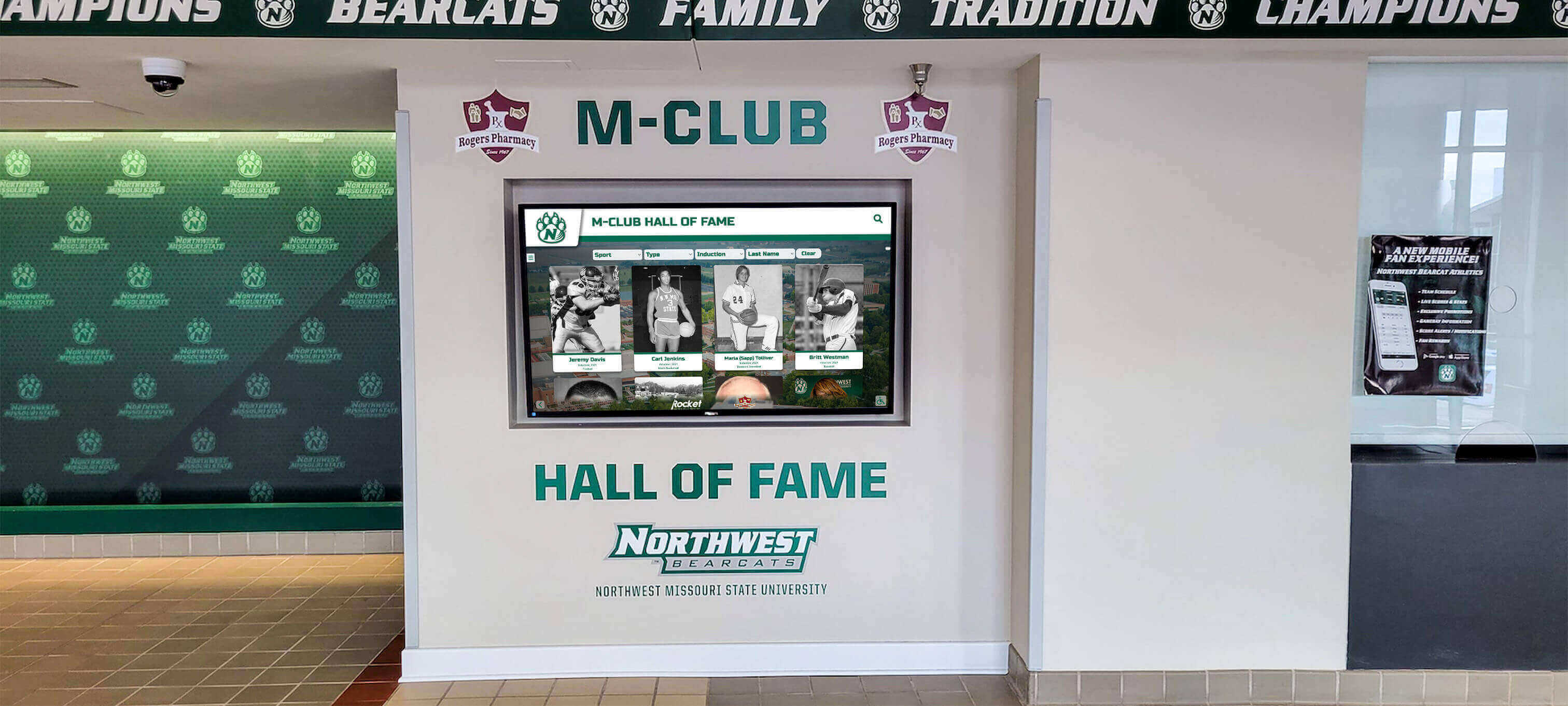
Thoughtfully designed physical spaces facilitate organic community connection and gathering
Recognition Displays as Community Anchors
Physical recognition installations serve dual purposes:
Functional Community Benefits
Interactive touchscreen displays create conversation starters prompting discussion, destination attractions drawing traffic to locations, waiting area engagement providing meaningful content, photo opportunity backdrops for social sharing, and information resources about community and programs.
Strategic placement in high-traffic areas maximizes impact and engagement.
Symbolic Community Value
Recognition displays communicate institutional priorities through visible demonstration that achievements matter, democratic celebration of diverse contributions, historical preservation showing community evolution, aesthetic enhancement improving environment, and gathering point symbolism as physical community anchor.
These displays become landmarks within community spaces, creating shared reference points and pride.
Innovative Strategy 10: Storytelling That Builds Shared Identity
Compelling narratives create emotional connection and shared identity.
Strategic Community Storytelling
Move beyond basic announcements to meaningful stories:
Story Types That Build Community
Share diverse narratives including member spotlight profiles showing individual journeys, origin stories explaining community history and founding, transformation narratives documenting growth and change, behind-the-scenes content humanizing leadership and operations, challenge and triumph stories showing resilience, and future vision stories inspiring continued engagement.
Varied storytelling keeps content fresh while addressing different aspects of community identity.
Multi-Format Story Delivery
Reach diverse audiences through written articles and blog posts, video testimonials and documentary-style content, podcast series with member interviews, social media story series, email newsletters with featured stories, and interactive multimedia displays in physical locations.
Different formats serve different consumption preferences and contexts.
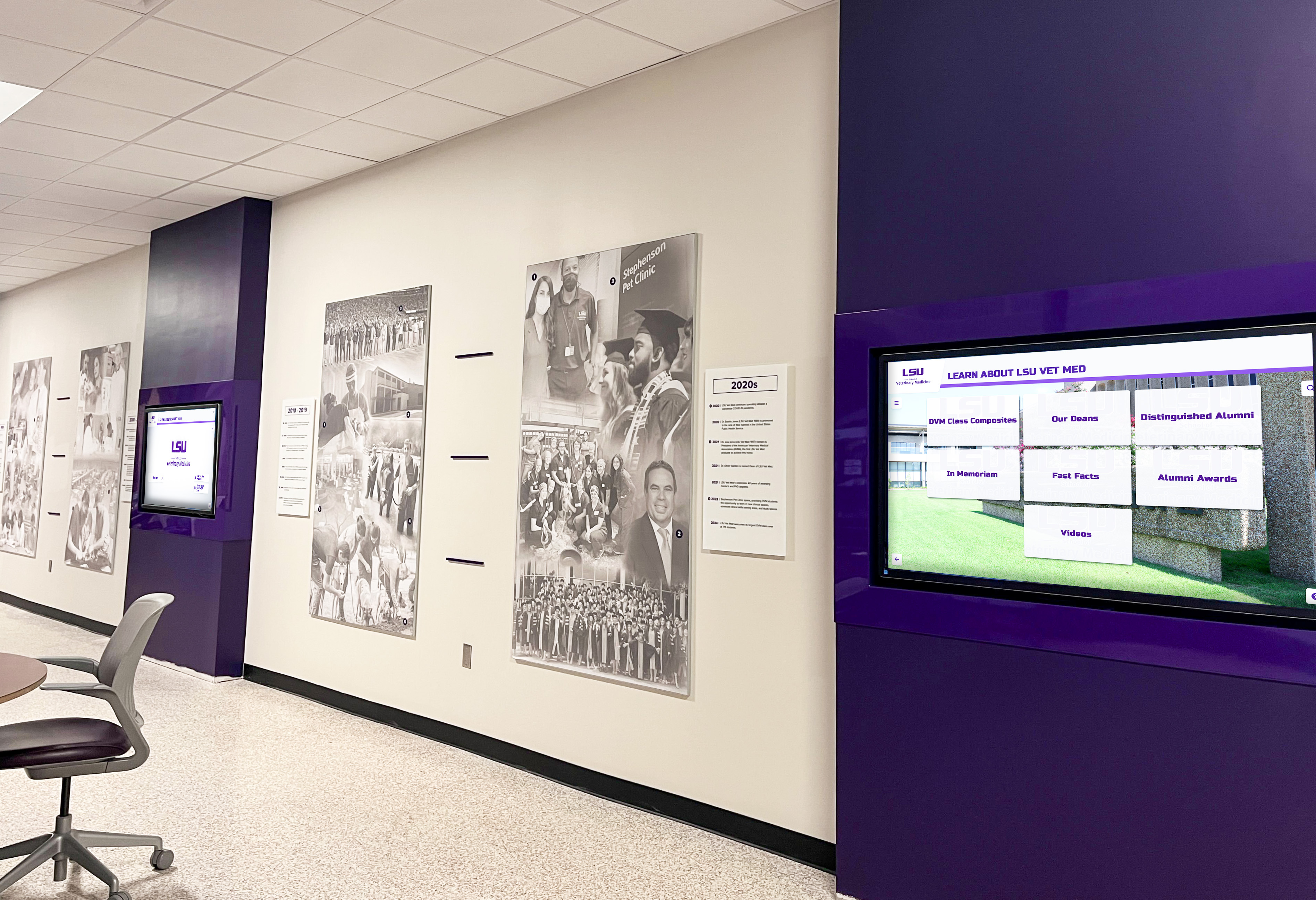
Authentic storytelling creates emotional connection and reinforces shared community identity
User-Generated Content
Amplify member voices through contribution opportunities:
Content Creation Pathways
Enable participation through photo submission campaigns with community themes, story contribution forms for written memories, video testimonial opportunities, social media hashtag campaigns, collaborative content projects, and recognition nomination opportunities highlighting other members.
When members create content, they invest in community while providing authentic material that resonates more than institutional messaging.
Innovative Strategy 11: Transparent Communication and Shared Governance
Communities strengthen when members feel they have voice and influence.
Building Trust Through Transparency
Open communication demonstrates respect and builds confidence:
Information Sharing Practices
Maintain transparency through regular financial reporting and budget visibility, decision-making process explanation, strategic planning with community input, challenge acknowledgment alongside successes, leadership accessibility and responsiveness, and clear communication about changes and reasons.
Transparency prevents rumors while demonstrating that leadership trusts and respects community members.
Feedback Mechanisms
Create genuine two-way communication through regular surveys and input opportunities, suggestion programs with visible implementation, town halls and open forums, advisory councils with real authority, comment opportunities on proposals, and demonstrable responsiveness to community concerns.
Members engage more when they believe their input genuinely matters rather than being merely performative.
Participatory Decision-Making
Share appropriate authority with community:
Areas for Member Input
Involve community in decisions about programs and activities to offer, allocation of resources and budgets, recognition criteria and selection, tradition evolution and new initiatives, space design and utilization, and strategic priorities and goals.
Not every decision requires community input, but involving members in appropriate decisions builds ownership and investment.
Structured Participation Processes
Ensure effective participation through clear scope definition of decision boundaries, diverse representation in decision processes, adequate information for informed participation, realistic timelines allowing thoughtful input, transparent synthesis of feedback into decisions, and explanation when community input cannot be implemented.
Well-structured participation strengthens community while avoiding frustration from poorly managed processes.
Innovative Strategy 12: Celebration Rituals and Traditions
Predictable celebrations create community rhythm and shared experiences.
Establishing Meaningful Traditions
Successful traditions share common elements:
Tradition Characteristics
Create lasting traditions through consistent scheduling and predictable timing, authentic connection to community values, inclusive participation opportunities, memorable elements people anticipate, documentation and preservation for continuity, and evolution while maintaining core identity.
Traditions become powerful when they feel authentic rather than forced or purely performative.
Celebration Categories
Build traditions around annual community milestones and anniversaries, seasonal recognition ceremonies, achievement celebrations for various accomplishments, transition rituals for new members or graduating cohorts, service recognition for volunteer contributions, and reunion gatherings connecting different eras.
Varied celebrations throughout the year create multiple touchpoints maintaining ongoing engagement.

Meaningful traditions create anticipated community experiences that strengthen bonds over time
Flexible Tradition Evolution
Balance consistency with adaptation:
Maintaining Relevance
Keep traditions meaningful through regular assessment of participation and engagement, feedback collection about tradition value, willingness to modify elements that no longer resonate, incorporation of new community members’ perspectives, and documentation of tradition evolution over time.
Traditions should serve the community rather than community serving traditions—be willing to let unsuccessful traditions fade while nurturing those that genuinely build connection.
Innovative Strategy 13: Recognition of Small Moments and Everyday Contributions
Not all recognition needs to be formal and ceremonial.
Micro-Recognition Practices
Build culture of appreciation through frequent small acknowledgments:
Daily Appreciation Opportunities
Create recognition habit through public thank-yous in meetings and communications, social media shoutouts for contributions, handwritten notes for personal touch, peer recognition programs enabling member-to-member appreciation, real-time acknowledgment of helpful actions, and digital recognition platforms making appreciation easy.
Frequent small recognition often builds connection more effectively than infrequent grand ceremonies.
Behind-the-Scenes Contributor Recognition
Honor those doing necessary but unglamorous work:
- Setup and breakdown assistance for events
- Administrative support and paperwork handling
- Facility maintenance and improvement
- Quiet mentorship without fanfare
- Consistent participation over time
Making invisible work visible demonstrates that all contributions matter to community success.
Balancing Formal and Informal Recognition
Create comprehensive recognition ecosystem:
Recognition Spectrum
Implement varied approaches including formal annual awards and ceremonies, quarterly or monthly recognition spotlights, weekly or daily micro-recognition, peer-to-peer appreciation systems, self-recognition opportunities for milestone achievements, and surprise recognition for unexpected contributions.
Multiple recognition levels ensure appropriate acknowledgment for contributions of all types and scales.
Innovative Strategy 14: Crisis Response and Mutual Support Systems
Communities prove their strength during difficult times.
Building Resilient Support Networks
Prepare communities to support members facing challenges:
Support Infrastructure
Establish systems including mutual aid networks connecting those who need help with those who can provide it, emergency communication protocols reaching members quickly, resource directories listing available support services, volunteer coordinator roles organizing assistance, and community care funds providing financial help.
Having structures in place before crises ensures rapid effective response when members need support.
Creating Safe Sharing Spaces
Enable vulnerability through confidential support channels, trained peer supporters or counselors, clear privacy protections and boundaries, non-judgmental community norms, and connection to professional resources when needed.
Members connect more deeply when they feel safe being authentic about struggles rather than maintaining perfect facades.

Strong communities support members through challenges and difficult times
Collective Response to Shared Challenges
Strengthen bonds through collaborative problem-solving:
Community-Wide Challenge Navigation
Build resilience through transparent communication about difficulties facing community, collective brainstorming and problem-solving, resource pooling and coordination, shared sacrifice when necessary, and celebration of resilience and adaptation.
Communities that navigate challenges together often emerge stronger and more connected than before difficulties arose.
Innovative Strategy 15: Continuous Assessment and Improvement
Effective community building requires ongoing evaluation and adaptation.
Measuring Community Strength
Track indicators of community health:
Quantitative Metrics
Monitor participation rates in events and programs, membership growth and retention numbers, volunteer hours and engagement levels, financial support and giving patterns, communication engagement statistics, and demographic diversity and representation.
Numbers provide objective assessment of community trends and program effectiveness.
Qualitative Indicators
Assess through member surveys and feedback, focus group discussions, anecdotal stories and testimonials, observation of interaction quality, sentiment analysis of communications, and comparative assessment against peer communities.
Qualitative data provides context and understanding that numbers alone cannot capture.
Continuous Improvement Mindset
Build culture of ongoing enhancement:
Learning and Adaptation
Maintain improvement through regular program assessment and evaluation, willingness to discontinue ineffective initiatives, experimentation with new approaches, learning from both successes and failures, benchmark study of successful peer communities, and openness to member suggestions and innovations.
Communities that continuously improve remain vital and relevant as circumstances and member needs evolve.
Documentation and Knowledge Transfer
Preserve institutional learning through written procedures and best practices, successor training and mentorship, historical documentation of community evolution, lessons learned from initiatives, and accessible archives of effective approaches.
Documented knowledge prevents communities from repeatedly relearning lessons or losing valuable practices during leadership transitions.
Bringing It All Together: Your Community Building Strategy
These 15 innovative strategies provide comprehensive framework for building strong sense of community in modern contexts. Successful implementation requires systematic approach:
Getting Started
Assessment Phase
Begin by evaluating current community strength and challenges, identifying gaps and opportunities, understanding member needs and preferences, reviewing available resources and constraints, and establishing baseline metrics for improvement tracking.
Prioritization and Planning
Select highest-impact strategies based on quick wins that build momentum, member-requested initiatives, alignment with institutional mission and values, available resources and capabilities, and foundational elements enabling future initiatives.
Start with achievable initiatives that demonstrate commitment and generate enthusiasm rather than attempting everything simultaneously.
Implementation Approach
Execute effectively through clear responsibility assignment, realistic timeline development, stakeholder communication and engagement, resource allocation and budget commitment, pilot testing before full-scale launch, and regular progress monitoring and adjustment.
Sustaining Community Building Efforts
Long-term success requires ongoing commitment:
Leadership and Governance
Ensure sustainability through dedicated staff or volunteer leadership, clear accountability structures, succession planning preventing dependence on individuals, budget commitment reflecting priorities, and governance structures enabling community input.
Communication and Visibility
Maintain engagement through regular updates celebrating progress, success stories demonstrating impact, ongoing promotion of opportunities, transparent reporting on challenges, and consistent reinforcement of community values.
Evolution and Adaptation
Stay relevant through environmental scanning identifying changes, regular member feedback and input, willingness to modify approaches, incorporation of emerging technologies and practices, and balance of consistency with innovation.
Ready to Build Stronger Community Connections?
Discover how modern digital recognition solutions can help you celebrate member contributions, preserve community history, and strengthen bonds that last for generations.
Explore Recognition SolutionsConclusion: Building Community in Modern Times
Building a strong sense of community in today’s world requires innovation, intentionality, and sustained commitment. The strategies explored in this guide address modern challenges while honoring timeless principles of human connection—recognition, shared identity, meaningful participation, mutual support, and belonging.
No single strategy transforms community overnight. Rather, consistent implementation of multiple complementary approaches creates the conditions where authentic community flourishes. Digital recognition platforms extend reach and engagement beyond physical limitations. Hybrid events accommodate diverse participation preferences. Intergenerational programs connect age groups. Service projects unite around shared purpose. Interactive archives preserve and celebrate shared history. Together, these innovations create comprehensive community-building ecosystem.
The most successful communities combine traditional relationship-building with modern tools and approaches. They honor history while embracing innovation. They create structure while allowing organic development. They set high standards while remaining inclusive and welcoming. They measure progress while recognizing that the most valuable community benefits resist easy quantification.
Start where you are with resources you have. Even small steps—recognizing an overlooked contribution, creating one new tradition, launching a modest digital platform—create momentum that builds over time. Involve community members in the journey, ensuring initiatives reflect authentic needs and values rather than imposed mandates from disconnected leadership.
Your community’s unique context, history, and culture provide the foundation. These innovative strategies offer proven approaches adaptable to any setting. The essential elements remain constant: genuine appreciation for members, commitment to inclusive participation, willingness to meet people where they are, and patient cultivation of relationships that strengthen over time.
Whether you lead a school seeking to strengthen alumni connections, an organization building member engagement, a neighborhood association creating local bonds, or any group committed to community vitality—these strategies provide actionable frameworks for success. The investment in community building pays immeasurable dividends through stronger relationships, greater resilience, enhanced wellbeing, and the fundamental human satisfaction of belonging to something larger than ourselves.
Ready to begin? Explore how digital recognition displays can anchor your community building efforts, or learn more about comprehensive recognition solutions that celebrate your community while strengthening bonds that last for generations.






























